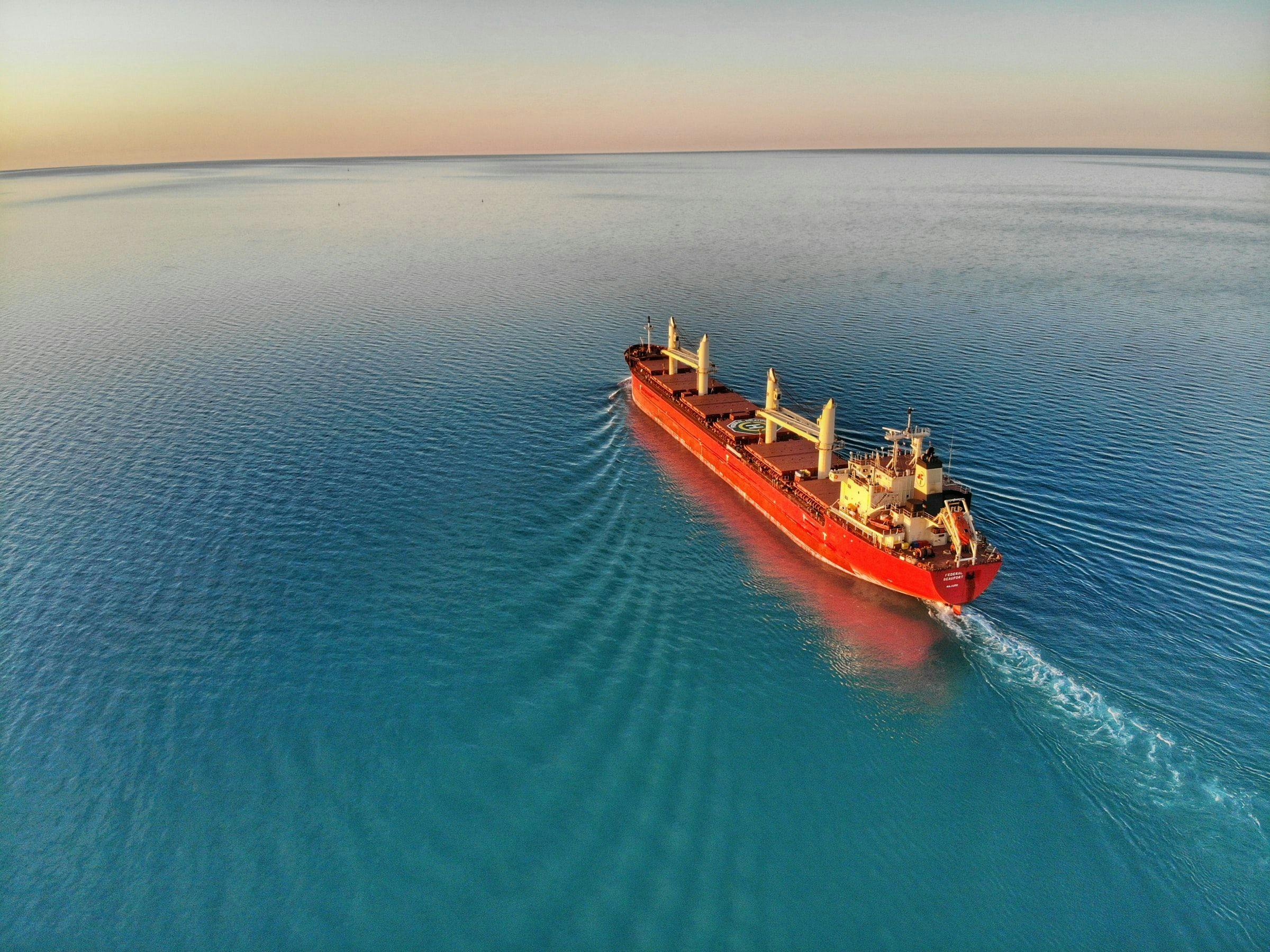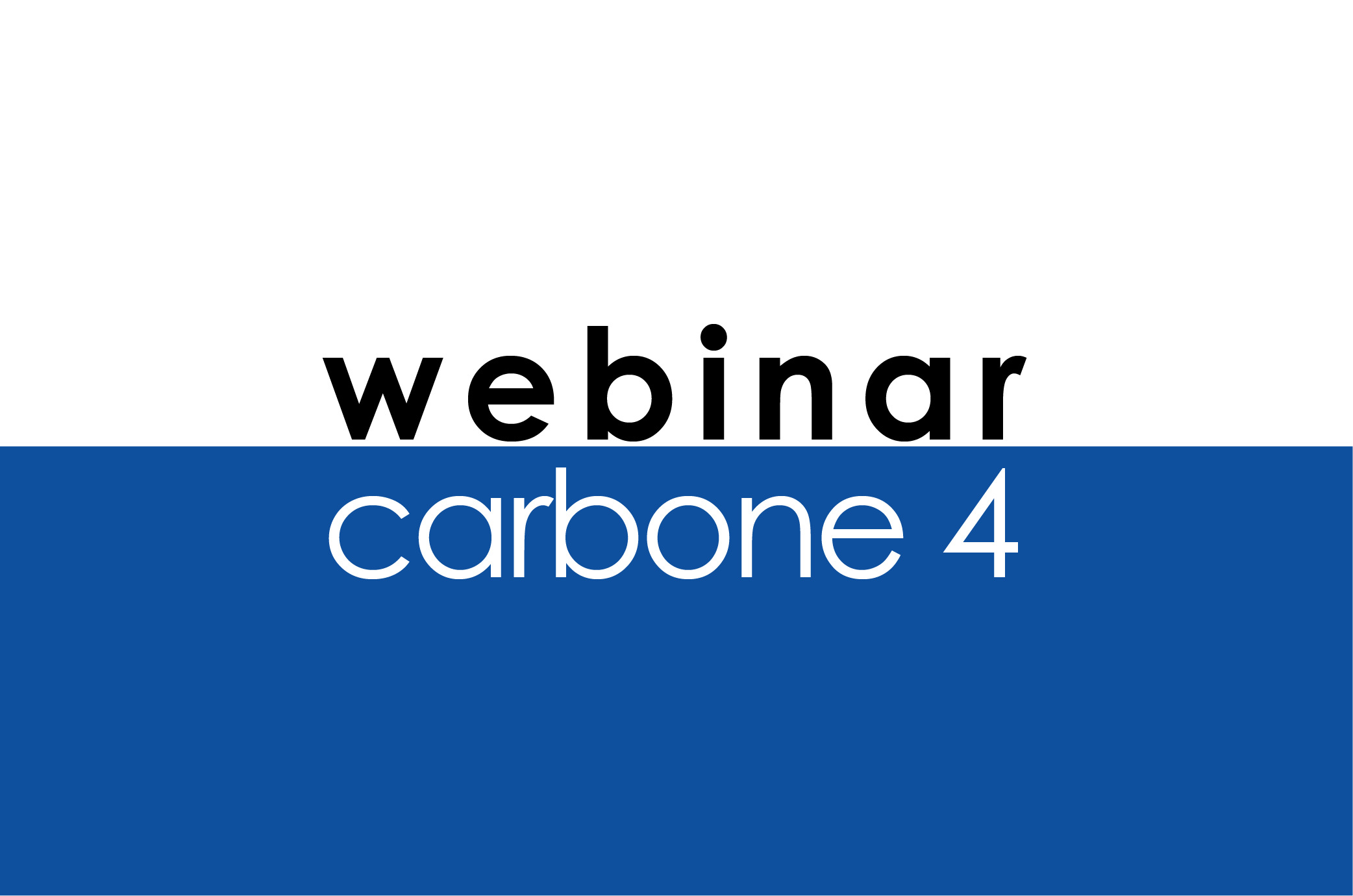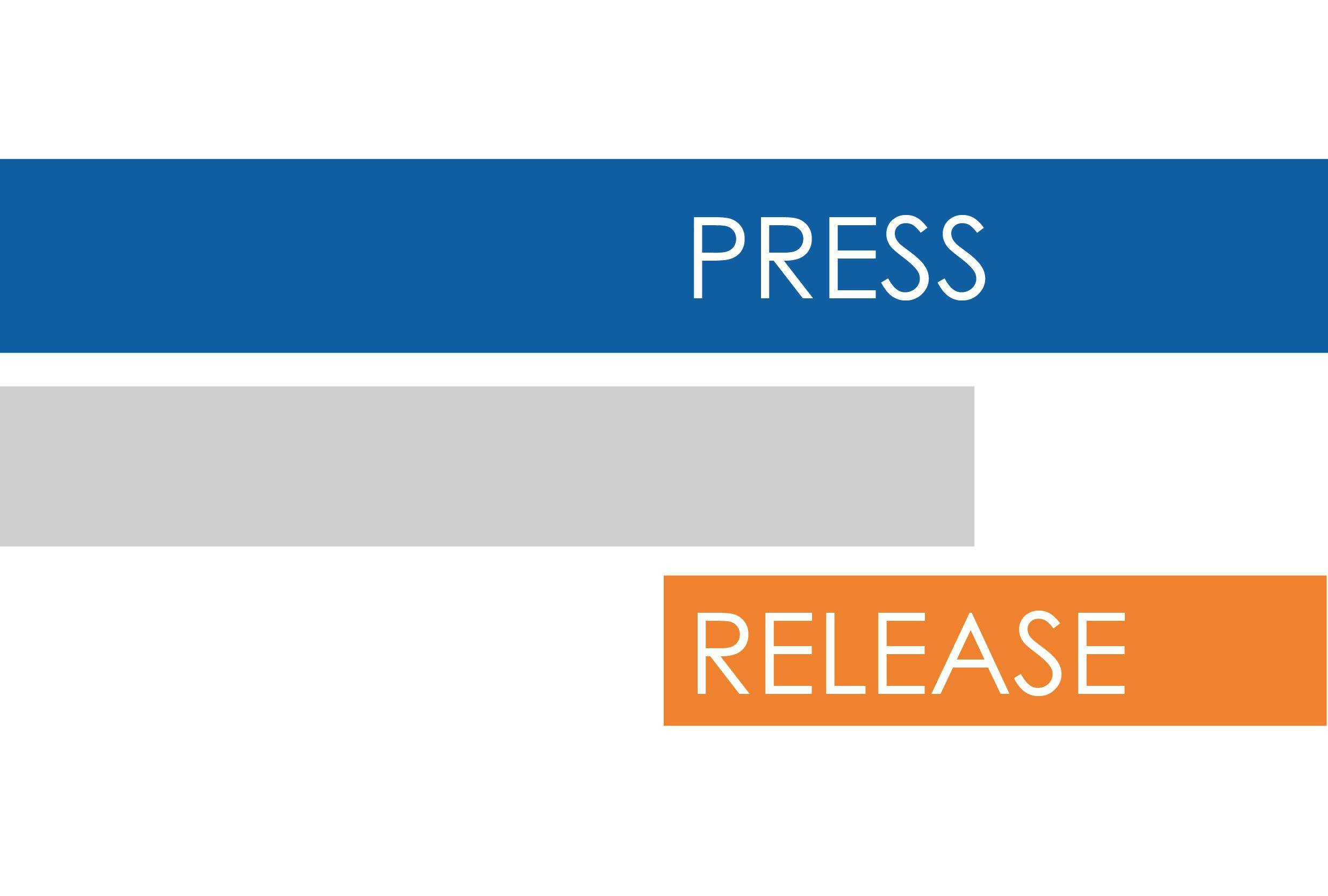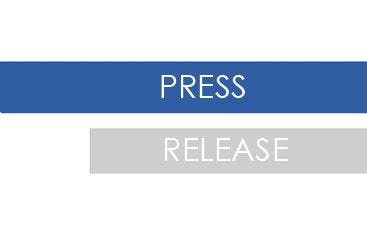CRIS
The CRIS method responds to the emerging demand for information on the possible impacts of climate change on financial assets. The purpose of CRIS is to provide, on the levels of financial institutions and portfolios, physical risk indexes based on 7 direct climate hazards and 9 indirect ones, 60 sectoral vulnerability profiles and 210 sovereign vulnerability profiles. The method is applied to multi-asset investment portfolios (shares and corporate bonds, infrastructures, and government bonds).
Developed in 2017, CRIS is a pioneering method acknowledged by the scientific community and users in a large number of reports. CRIS was declared the most complete physical risk analysis method on the market by UNEP-FI in 2019 and mentioned in a large number of reference reports (Climinvest-I4CE, IIGCC, TCFD, UNEP FI, FFA, NGFS, Finance for Tomorrow).
CRIS is currently used by actors in the financial sector and universities.
A methodological guide is available on crisforfinance.com.
With the publication of CRIS, Carbone 4 and all its sponsors aim to help the world of finance to make advances in these essential issues.
“The CRIS project is innovative due to its scale and approach. To my knowledge, this is the first time that a work on physical climatic risks has been conducted on this scale and exhaustiveness in terms of hazards, countries and economic sectors (industry, transport, agribusiness, etc.). The added value of this work also resides in the pertinence of its enumerative approach which allows taking into account the synergy between risks, something that the statistical approach has difficulty in comprehending.” Gaël Giraud, Chief economist at the AFD.
Contact us
Contact us about any question you have about Carbone 4, or for a request for specific assistance.

























































